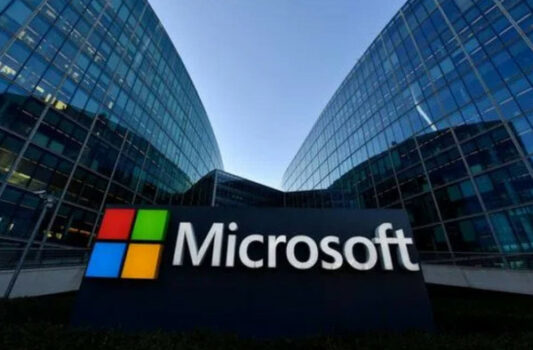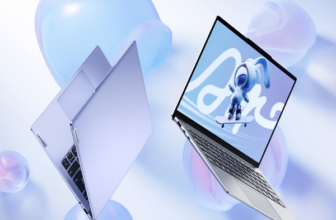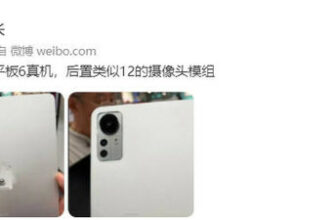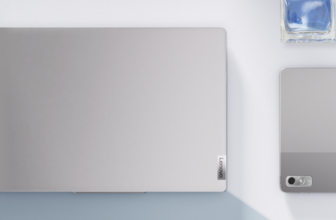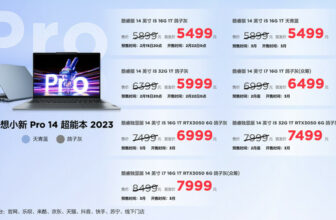[Tinydeal]In 2013, the global PC industry faced very severe challenges, and its market sales declined sharply. At this moment, perhaps out of the idea of bringing innovation to the notebook industry and stimulating it to go uphill again, Microsoft released the first generation of Microsoft Surface Pro that year. Although this product was released later than the Surface RT, in a sense, it may be more of a symbol of Microsoft's vision for the future development of laptops.
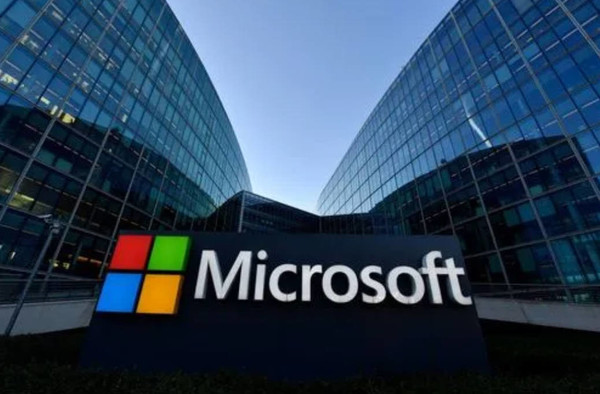
Microsoft
Surface Pro is undoubtedly a very special product, and it is obviously different from traditional notebooks. It can run Windows systems and Windows programs, and also supports touch screen use. And, thanks to its unique design, Surface Pro is extremely portable. At that time, Microsoft said that this was the form of laptops in the future. After Microsoft, several major computer manufacturers have launched similar products one after another, as if they have confirmed that this is the general trend of future development.
However, we can clearly see that even though the first generation of Surface Pro has been around for about ten years, two-in-one laptops have not been truly popularized, and there are very few consumers who are willing to take the initiative to buy this kind of product. So, what exactly is the problem with this type of product? What are the reasons why consumers do not take it into consideration?
Two-in-one tablet: the ultimate portable productivity tool
The advantages of a two-in-one laptop like Surface Pro are very obvious. We can take Microsoft's latest Surface Pro 9 as an example. The Surface Pro 9 weighs less than 900g in a single body, and even if it includes the keyboard and stylus, its weight is only about 1.2kg. Today's mainstream thin and light notebooks generally have to be more important than the Surface Pro 9. And if it is a small size (about 10 inches) product like the Surface Go, its weight will even be similar to that of an Android tablet.
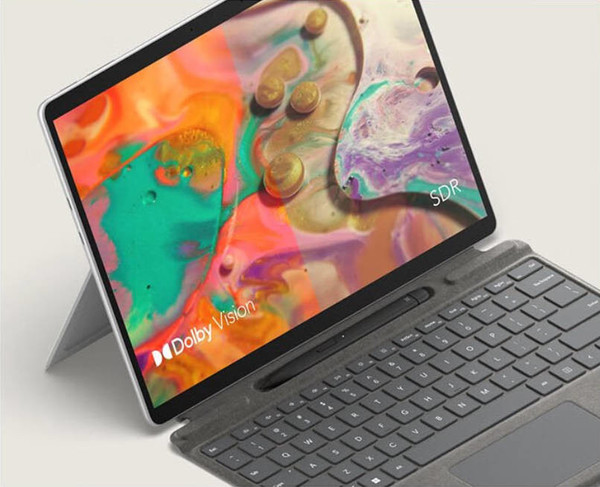
High-quality screen
At the same time, the Surface Pro 9 is also equipped with an IPS touch screen with a 13-inch, 2880×1920 pixel resolution and a 120Hz refresh rate. Its screen quality is better than most thin and light notebooks today. Moreover, high-quality screens are not limited to Microsoft's two-in-one laptops, but also such products under manufacturers such as Lenovo and Asus. The characteristics and usage scenarios of two-in-one laptops determine that it requires such high-quality screens, and it is difficult for manufacturers to “take advantage” on the screens.
In addition, since the cooling systems of many two-in-one notebooks have been specially designed, these products can still maintain a good silent effect even under high loads. Of course, it is precisely because of this that the performance release of such products is often conservative and difficult to cope with the game.
In summary, we can clearly see that this type of notebook is very suitable for business office people. But until now, it is difficult to grab business users from thin and light laptops. Of course, the main reason lies in itself.
Manufacturing Cost
Unless you have strong financial resources, the price of consumers should be the first to pay attention to when buying notebooks. The first reason why two-in-one notebooks like Surface Pro 9 are not accepted by consumers for a long time lies in the manufacturing cost and retail price of such products.
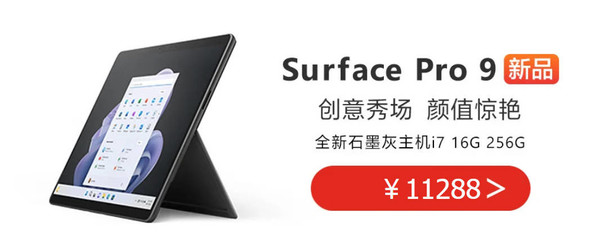
Two-in-one notebooks are generally expensive
Two-in-one laptops often require relatively excellent and mature craftsmanship and high-quality display screens. These two points will inevitably bring production costs far beyond that of ordinary laptops to the manufacturing of such products. Moreover, due to the delay in popularity, the sales of two-in-one laptops are difficult to compare with ordinary laptop models, which makes it difficult to spread out its production costs through large-scale shipments, while traditional laptops can easily do this.
It is precisely because of manufacturing costs and other reasons that two-in-one notebooks are difficult to have an advantage in price compared to competitors. Let's continue to take Microsoft as an example. The entry-level version of Microsoft Surface Pro 9 now uses a 12-generation Core i5-1235U processor, providing 8GB of running memory and 256GB of SSD solid state. In terms of configuration alone, it can indeed be described as “beggar”. However, the price of this product is around 8,500 yuan. At the same price, consumers can even buy two ordinary thin and light notebooks with configurations far better than the Surface Pro 9. In addition to Microsoft, two-in-one notebooks from manufacturers such as Lenovo and Asus are also generally expensive, which discourages consumers.
Body expansion
Personal computers, whether used for office or games, generally have high requirements for product expansion. In 2022, a manufacturer deliberately castrated the second M2 hard drive interface on a laptop, which directly led to the “indignation” of various forums. Even if the related products were significantly reduced in price, they failed to get re-recognized by netizens.

Surface Pro 9 interface
Two-in-one notebooks also have the problem of poor expansion, although this may not be intentional castration. Just like the hard disk expansion we just mentioned, many two-in-one laptops are not only very difficult to disassemble, but often do not provide extra expansion interfaces internally. It is very difficult to install the hard disk or memory yourself. Coupled with the high price difference between different storage versions, this is undoubtedly a major resistance to consumers' purchases.
At the same time, the same is true for the external interface of the fuselage. Many two-in-one laptops often don’t even provide USB ports. For example, the Surface Pro 9 only has two Thunderbolt 4 ports. It is almost impossible for us to see rich interfaces like ordinary laptops in two-in-one laptops.
System Ecology
The last reason may be the system ecology. Unlike ordinary laptops, two-in-one laptops are basically equipped with touch screens, which should be a major selling point of this type of product. But in fact, Microsoft's Windows system is not as good as Android, although after Windows 8, laptops already support touch screen use. But until now, the experience of touch on Windows systems is hard to be excellent. When touching with your fingers on a Windows tablet, you are essentially using your fingers as a mouse.
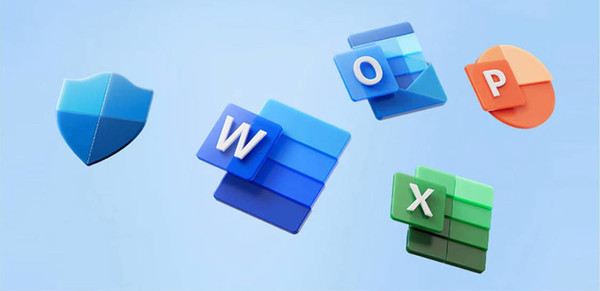
Moreover, few manufacturers are willing to develop corresponding touch screen software on Windows systems. First, it requires development costs, and second, there are not many users with such needs. Even if it is developed, the actual value is not great.
Therefore, although two-in-one laptops are often equipped with high-quality touch screens and can be used as a tablet. However, in many cases, due to the limitations of the system ecology, it cannot give full play to its two advantages. Moreover, it also requires a lot of investment to improve this on Windows systems. In the case of poor sales of the two-in-one laptop itself, this is undoubtedly as difficult as the sky.
Written at the end
Today, two-in-one notebooks exist as a niche product. Although it has not been recognized by consumers, there are indeed some people who need such products. However, if problems such as manufacturing cost, product price, body expansion, and system ecology can be solved, then the two-in-one notebook will undoubtedly be sublimated. And that may be the real future notebook that Microsoft envisions.
magicCubeFunc.write_ad(“dingcai_top_0”);
